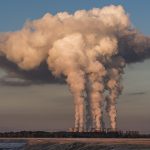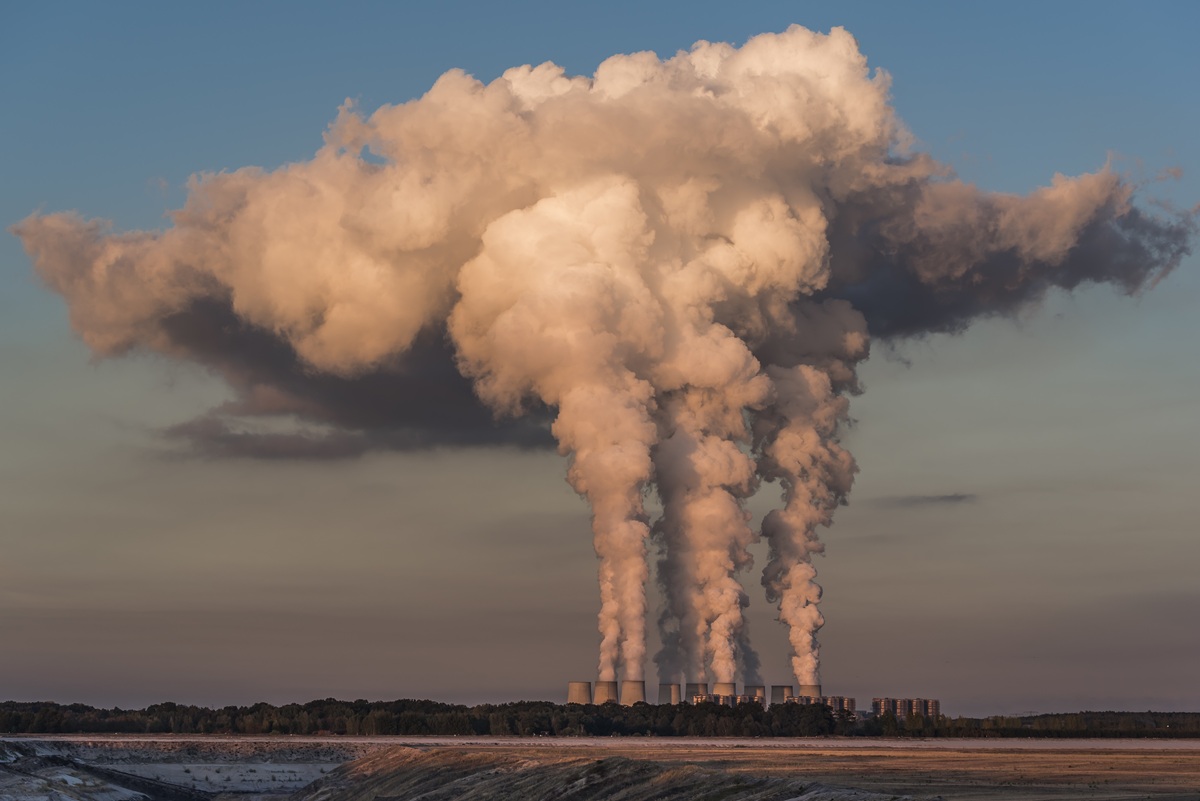Chemical Plant Explosions and Toxic Exposure
Texas leads the nation in chemical processing and petroleum refining, with major facilities concentrated along the Gulf Coast and throughout industrial corridors serving the energy sector. This massive chemical infrastructure provides economic benefits but creates serious risks for workers and surrounding communities when accidents occur. Chemical plant explosions and toxic releases can affect thousands of people simultaneously, creating complex legal challenges that require specialized expertise in both industrial operations and environmental law.More information on Personal injury lawyer Odessa
The 2019 Intercontinental Terminals Company fire in Deer Park burned for several days, releasing massive quantities of toxic chemicals and forcing evacuations throughout Harris County. This incident exemplifies the potential scope of chemical plant accidents and their far-reaching effects on both workers and neighboring communities. More about our Midland Personal Injury Lawyer here
Industrial Chemical Processing Hazards in Texas
Texas chemical plants process millions of tons of hazardous materials annually, creating potential exposure risks through multiple pathways. Refineries handle crude oil, gasoline, diesel fuel, and numerous petrochemical products that can cause acute poisoning or long-term health effects.
Chemical manufacturing facilities produce pesticides, plastics, pharmaceuticals, and industrial chemicals using processes involving extreme temperatures, pressures, and highly reactive materials. Equipment failures in these processes can release toxic substances over wide areas.
Storage tank farms contain vast quantities of flammable and toxic materials that pose explosion and release risks during maintenance operations, severe weather events, or equipment failures. These facilities often locate near residential areas that developed after industrial operations were established.
Worker Exposure Risks and Occupational Health Effects
Chemical plant workers face daily exposure risks from routine operations, maintenance activities, and emergency response procedures. Chronic exposure to low levels of toxic chemicals can cause cancer, neurological disorders, respiratory diseases, and reproductive problems that may not manifest for years after initial exposure.
Acute exposures during accidents or equipment failures can cause immediate health effects ranging from respiratory irritation to chemical burns, organ damage, and death. The severity depends on the specific chemicals involved, exposure duration, and individual susceptibility factors.
Personal protective equipment (PPE) provides essential protection but may fail during emergency situations or when workers encounter unexpected chemical releases. Respiratory protection requires proper fitting and maintenance to ensure effectiveness against specific chemical hazards.
Neighboring Community Health Impacts
Chemical plant accidents can affect entire communities through air releases, water contamination, and soil pollution. The Houston Ship Channel area has experienced numerous incidents affecting schools, hospitals, and residential areas with toxic chemical releases.
Vulnerable populations such as children, elderly individuals, and people with pre-existing respiratory conditions face elevated risks from chemical exposures. These groups may experience health effects at lower exposure levels than healthy adults.
Long-term property value impacts occur when chemical contamination affects neighborhoods near industrial facilities. Residents may face ongoing health concerns and property devaluation that continues long after initial cleanup efforts.
Explosion Mechanisms and Catastrophic Failures
Chemical plant explosions typically result from uncontrolled reactions, equipment failures, or ignition of flammable vapor clouds. These incidents can destroy entire facilities and affect areas miles from the original source.
Vapor cloud explosions occur when large quantities of flammable gases accumulate and encounter ignition sources. These explosions can generate blast waves equivalent to massive bombs, destroying buildings and causing injuries over wide areas.
Pressure vessel failures release stored energy equivalent to enormous explosions while simultaneously dispersing toxic contents. Process equipment operating under high pressure and temperature creates particular risks when safety systems fail.
Regulatory Framework and Industry Standards
The Environmental Protection Agency’s Risk Management Program requires chemical facilities to assess accident risks and implement prevention measures. However, enforcement limitations and industry resistance have limited the effectiveness of these regulations.
OSHA’s Process Safety Management standard establishes requirements for managing chemical process hazards through systematic safety programs. Violations of these standards can provide evidence of negligence in accident litigation.
The Chemical Safety Board investigates major chemical accidents and issues safety recommendations, though these recommendations lack enforcement authority. CSB reports often reveal systemic industry safety problems that contribute to recurring accidents.
Product Liability in Chemical Manufacturing
Chemical manufacturers may face liability for defective products that cause harm during normal use or handling. These cases require proof that chemicals contained unreasonably dangerous characteristics or lacked adequate warnings about potential hazards.
Equipment manufacturers supplying process machinery, safety systems, and protective equipment may bear responsibility for defective designs that contribute to chemical accidents. Complex industrial equipment requires extensive testing and quality control to ensure safe operation.
Engineering and design firms providing plant layouts, process designs, and safety systems face potential liability when their professional services contribute to accidents through negligent design or inadequate risk assessment.
Medical Monitoring and Long-Term Health Effects
Chemical exposures often require ongoing medical monitoring to detect health effects that may develop years after initial exposure. Courts increasingly recognize the need for medical surveillance programs as damages in toxic exposure cases.
Cancer risks from chemical exposures may not become apparent for decades, creating challenges in establishing causation and calculating appropriate compensation. Statistical analysis of cancer clusters near chemical facilities provides evidence of increased risks.
Neurological effects from chemical exposures can cause subtle cognitive impairments that affect work performance and quality of life. Neuropsychological testing may be necessary to document these effects and establish their relationship to chemical exposure.
Environmental Contamination and Property Damage
Chemical releases can contaminate soil, groundwater, and surface water over wide areas, creating long-term environmental problems that affect property values and community health. Cleanup costs for major chemical accidents can reach hundreds of millions of dollars.
Agricultural lands affected by chemical contamination may lose productivity for years or decades, creating substantial economic losses for farming operations. Livestock and crop losses can extend far beyond the immediate accident area.
Water supply contamination affects entire communities and may require alternative water sources while cleanup proceeds. The cost of providing safe drinking water during extended contamination periods creates substantial municipal expenses.
Emergency Response and Evacuation Issues
Chemical plant accidents often require immediate evacuations of surrounding communities, creating logistical challenges and economic losses for affected residents and businesses. Inadequate emergency planning can increase injury risks and community impacts.
Shelter-in-place orders may be more appropriate than evacuation for certain chemical releases, but communication failures can leave residents without proper guidance. Emergency notification systems must function reliably during crisis situations.
First responders face elevated risks when responding to chemical accidents without adequate information about the specific hazards involved. Chemical plants must provide emergency response agencies with detailed hazard information and response procedures.
Class Action Litigation Considerations
Chemical plant accidents affecting multiple victims often result in class action litigation to resolve numerous claims efficiently. These cases require coordination among multiple attorneys and expert witnesses to address common issues while preserving individual damage claims.
Settlement negotiations in large-scale chemical exposure cases must consider both immediate medical costs and long-term health monitoring expenses. Future medical needs may be difficult to predict but represent substantial potential liabilities.
Punitive damages may be appropriate in cases involving willful violations of safety regulations or deliberate disregard for community safety. Corporate policies prioritizing profits over safety provide evidence supporting punitive damage claims.
Insurance Coverage and Financial Responsibility
Chemical companies typically carry substantial liability insurance to cover potential accident costs, but coverage limits may prove inadequate for major incidents affecting thousands of people. Additional coverage through umbrella policies and industry pooling arrangements may be necessary.
Environmental impairment liability insurance provides specific coverage for contamination cleanup costs and third-party environmental damage claims. This specialized coverage becomes crucial for chemical facilities with significant environmental risks.
Self-insurance programs used by large chemical companies may provide advantages in claims management but require adequate financial reserves to cover catastrophic losses. Regulatory oversight ensures these programs maintain sufficient funding for potential liabilities.
Chemical plant explosion and toxic exposure cases require immediate legal attention to preserve evidence, protect victim rights, and coordinate with ongoing emergency response efforts. The complex technical issues involved in these cases demand attorneys with specialized knowledge of industrial operations, environmental law, and the unique medical consequences of chemical exposures. Understanding both the industrial processes that create chemical hazards and the legal framework governing corporate responsibility for community protection is essential for achieving fair compensation for victims of chemical plant accidents.





